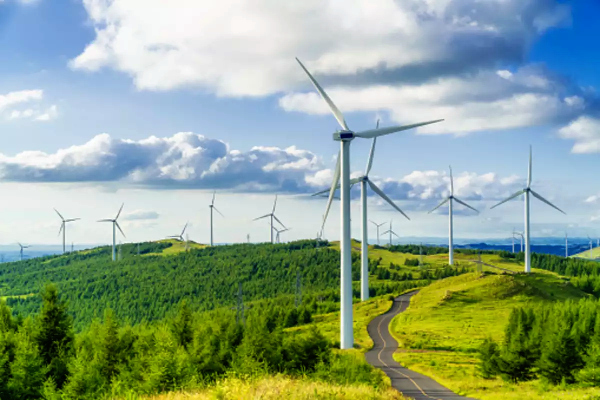Delhi: India is estimated to add about 10 gigawatt (GW) of total renewable energy capacity in 2022, down 10 per cent year-on-year, according to clean energy consultancy firm Bridge to India.
“Capacity addition prospects would depend greatly on the timeline for clarity on transmission lines in Rajasthan and Gujarat. Many projects have already got force majeure relief on account of module supply disruption,” it said.
The consultancy’s early estimates for total capacity addition in 2021 is 11.2 GW, split between utility-scale solar with 7.8 GW, rooftop solar with 1.8 GW, and wind with 1.6 GW, 30 per cent below their projection for the year.
On basic customs duty (BCD), it added that the distributed solar business, both rooftop solar and open access, would take an immediate hit if it is imposed as expected, from April 2022 onwards.
“Utility-scale solar projects, already stuck because of the Supreme Court’s transmission order, would also be impacted adversely because of negative cash flow impact,” it said. A final announcement on BCD is expected as part of the Budget release on 1 February 2022.
According to the firm, the softening process in the module supply chain has already begun. But there is still considerable uncertainty on the power supply situation in China and global demand is expected to pick up with 2022 shipment estimates ranging between 170-220 GW.
“Any decline would most likely therefore be slow and relatively small. We expect mono-PERC module prices to ease off to about $0.25 levels by end of the year,” it added.
The firm expects bid tariffs for central government offtake projects to stay in the Rs 2.10 to Rs 2.40 range.
Apart from this, the firm added that clarity on BCD and proposed expansion of the production-linked incentive scheme to cover all bidders would provide a big boost to domestic manufacturing efforts.
“It would be a major change to see industry nucleus shifting away from project development to manufacturing although we expect only about 8-9 of the 16 bidders to finally go ahead with their proposed plans because of overcapacity and viability, financing concerns,” it said.
Battery and electrolyser manufacturing schemes are expected to take much longer to take off, added the firm.
Source: ETWorld
You may also like
-
Dot Simplifies Approval Processes For Telecom Licenses And Wireless Equipment
-
PM to Inaugurate SEMICON India 2024 on 11th September
-
Shri Piyush Goyal Sets 500 Million Tonnes Domestic Steel Production Target by 2034
-
NHAI to Track Around 100 Toll Plazas with GIS-Based Software for Seamless Movement of Traffic at National Highways
-
“Marching Towards Building A Digitally Connected Bharat and An Atmanirbhar Telecom Sector”: Union Minister Jyotiraditya Scindia
